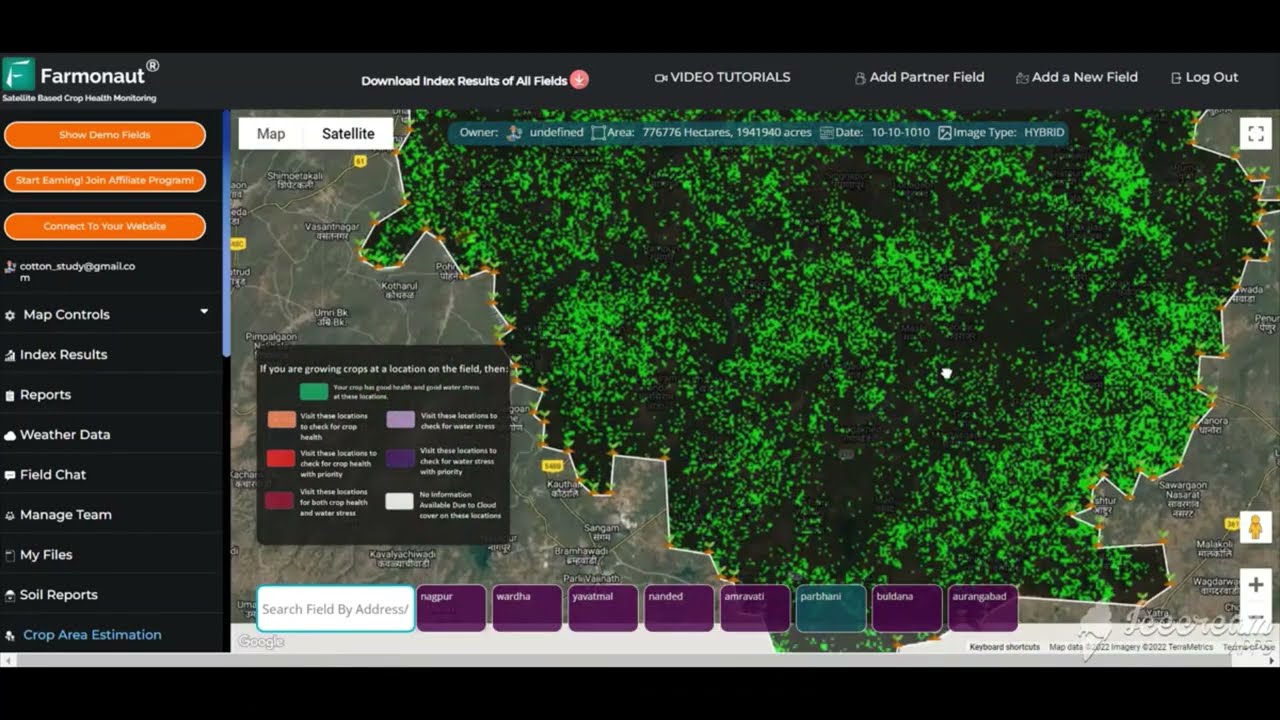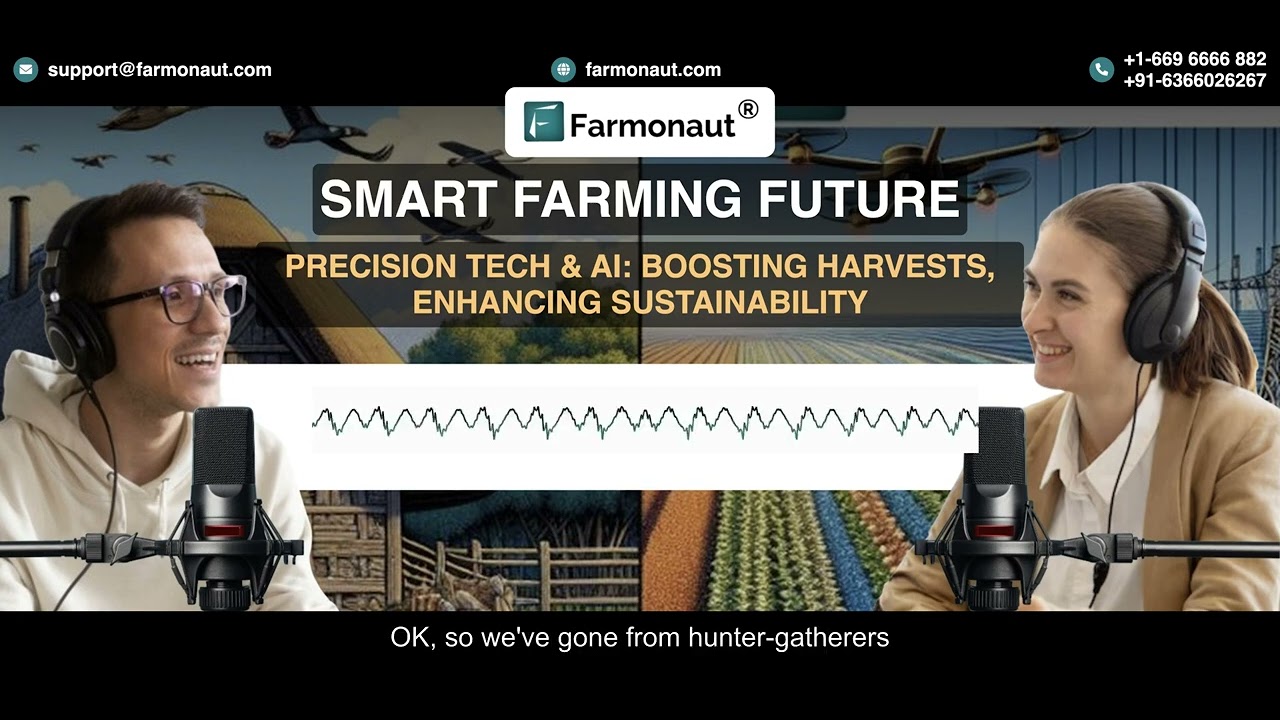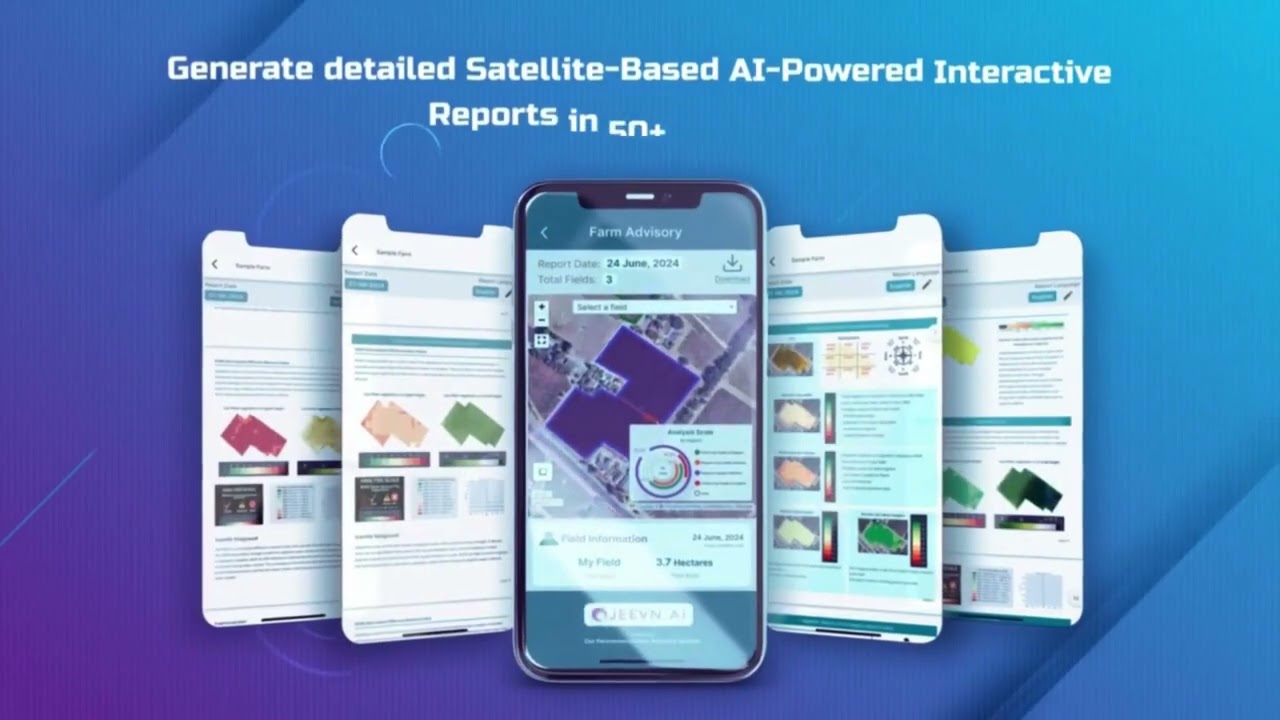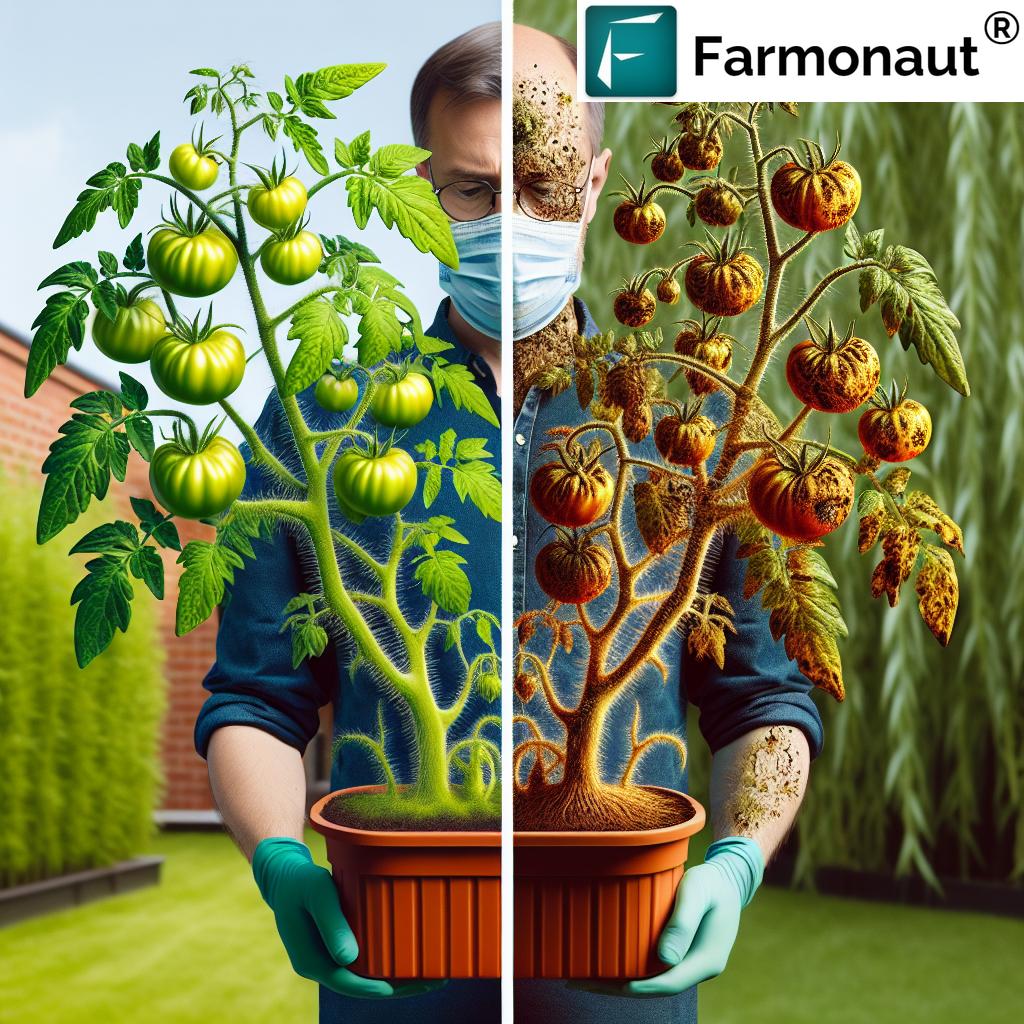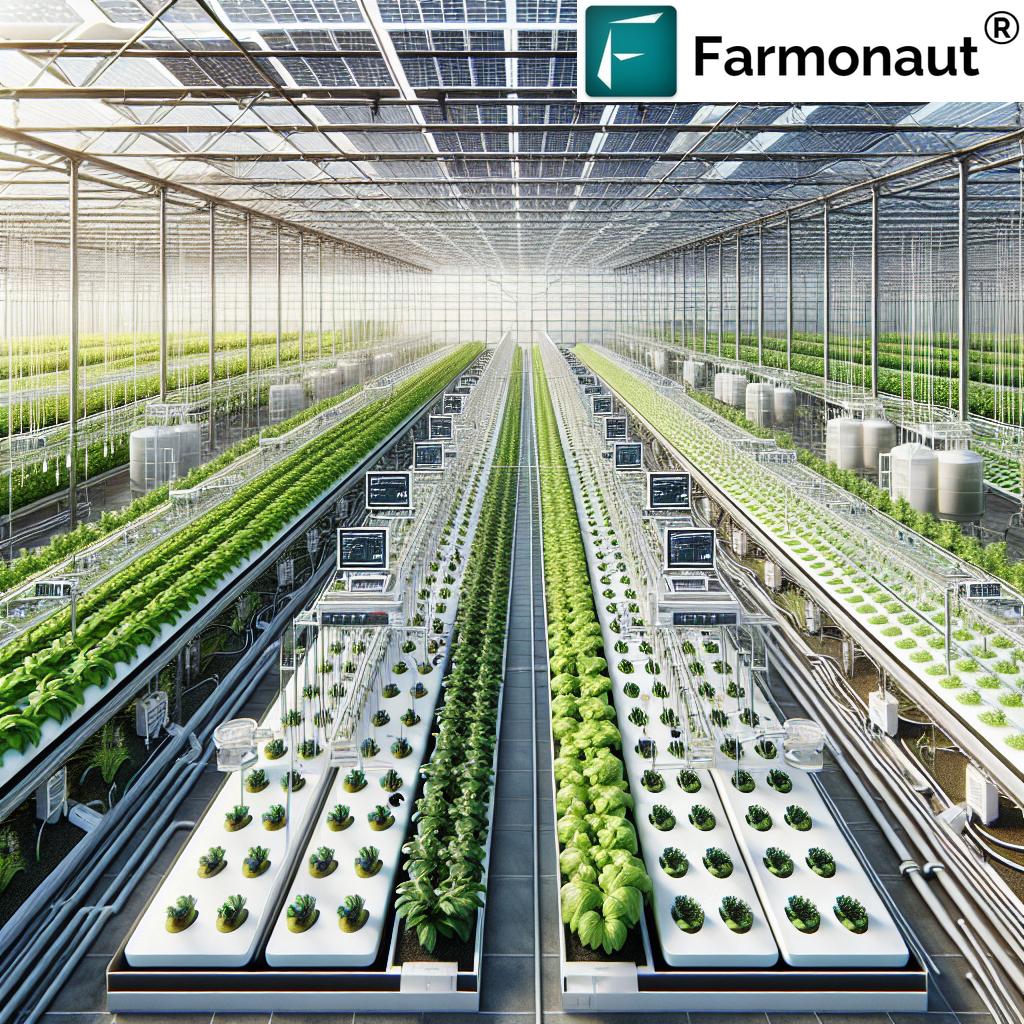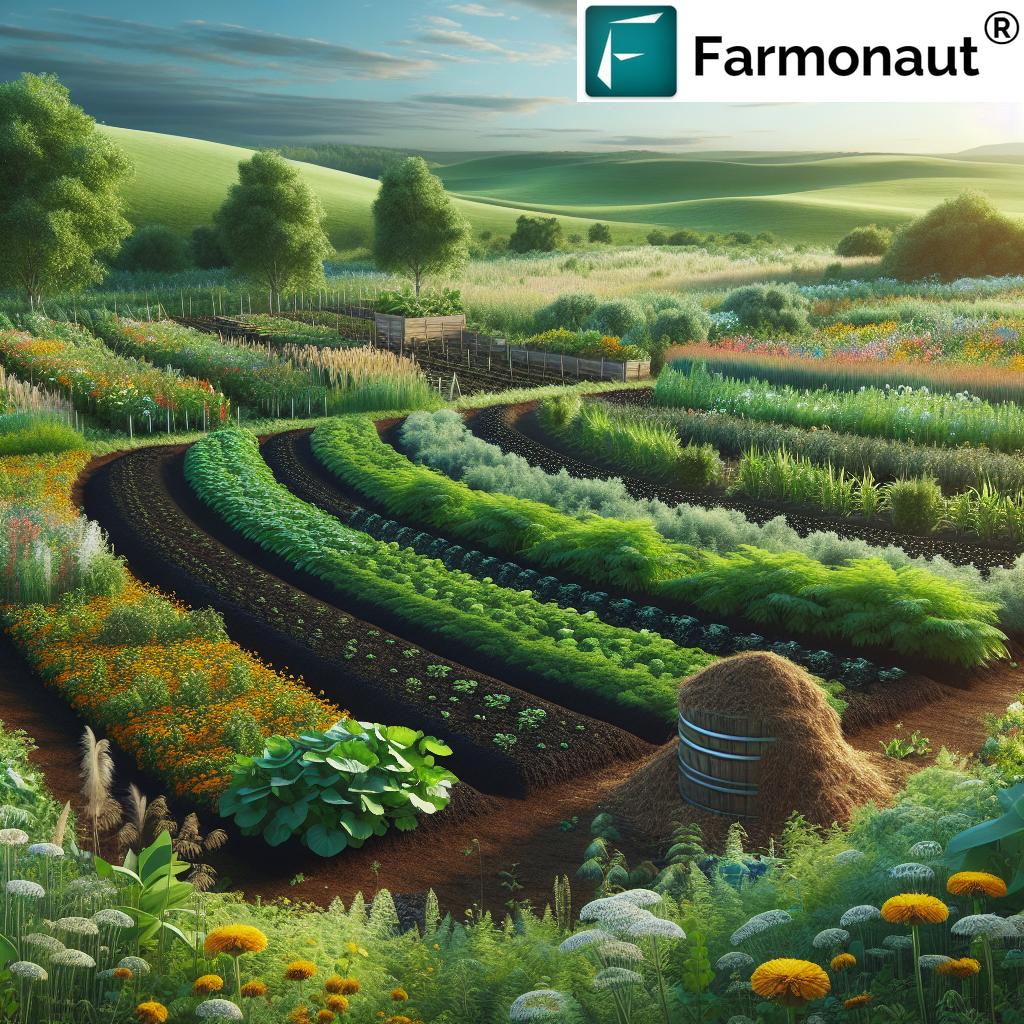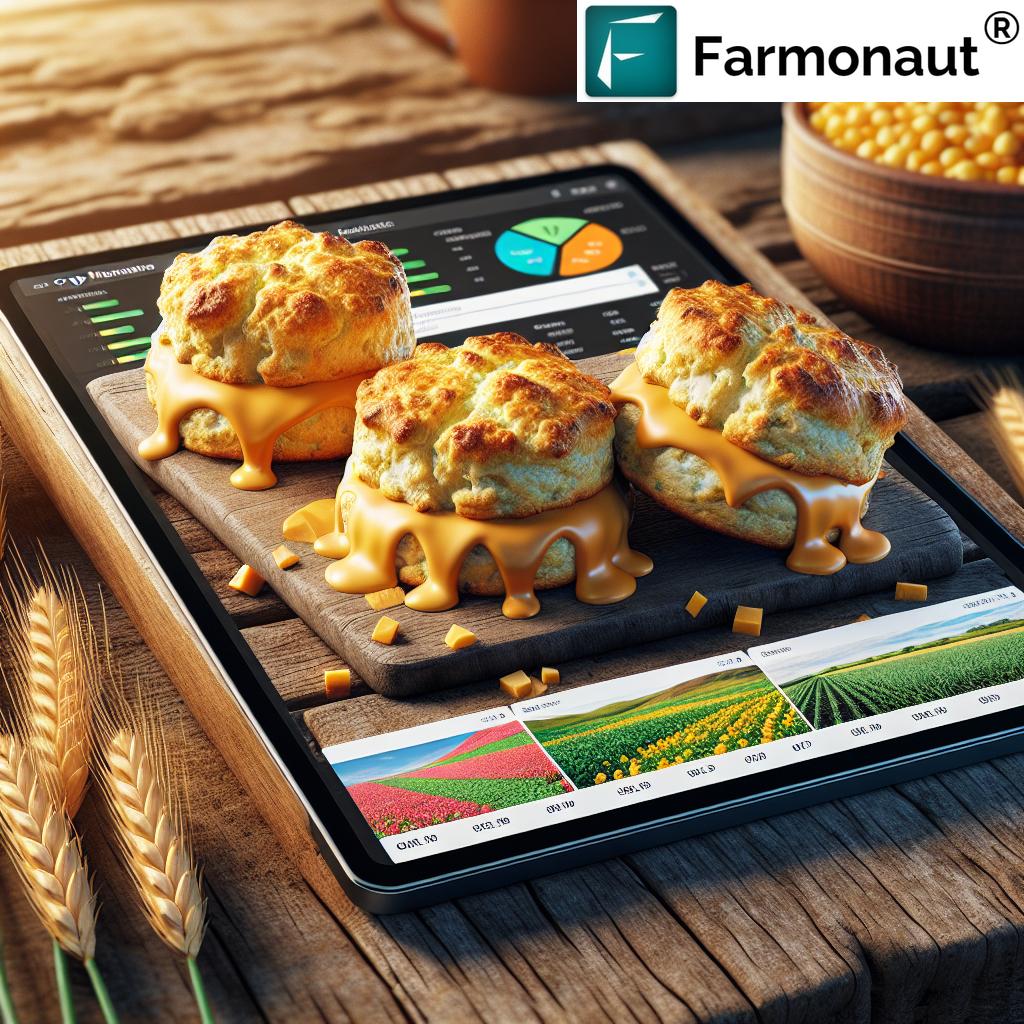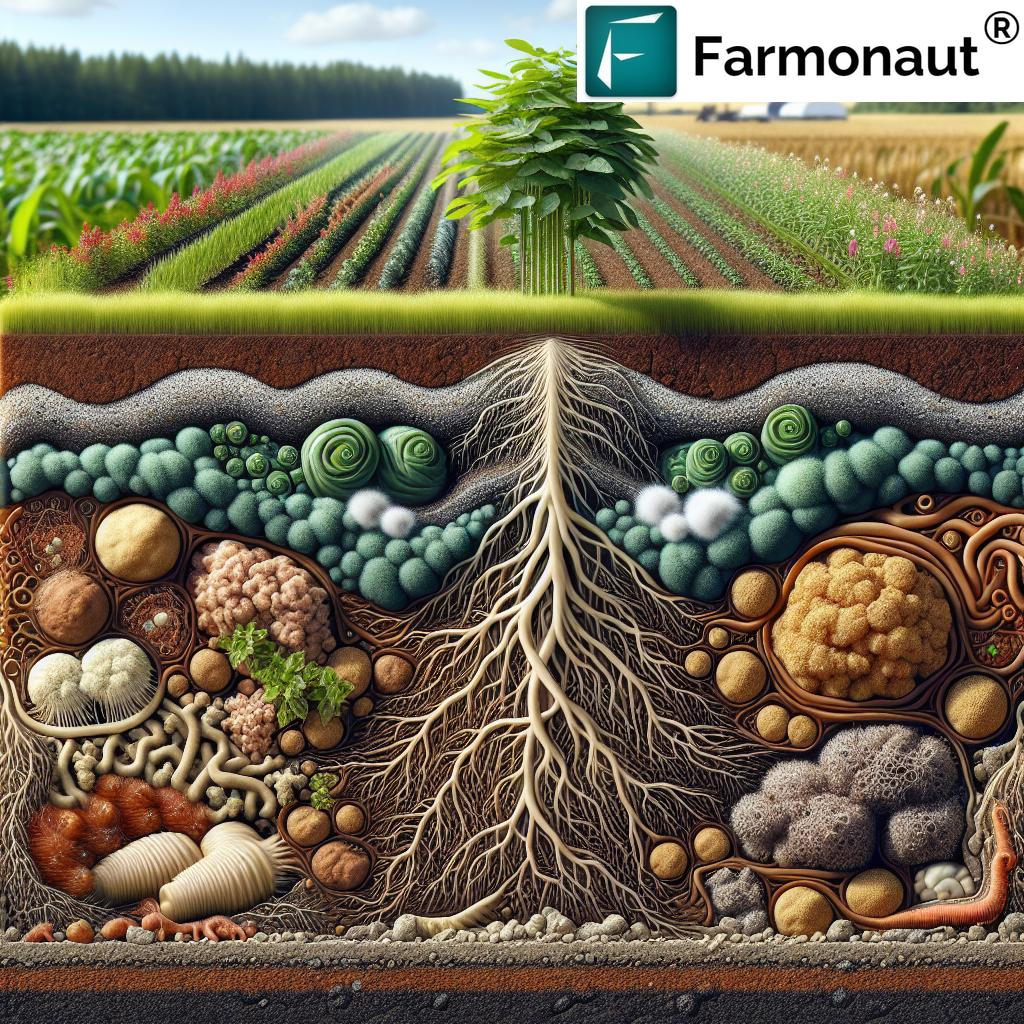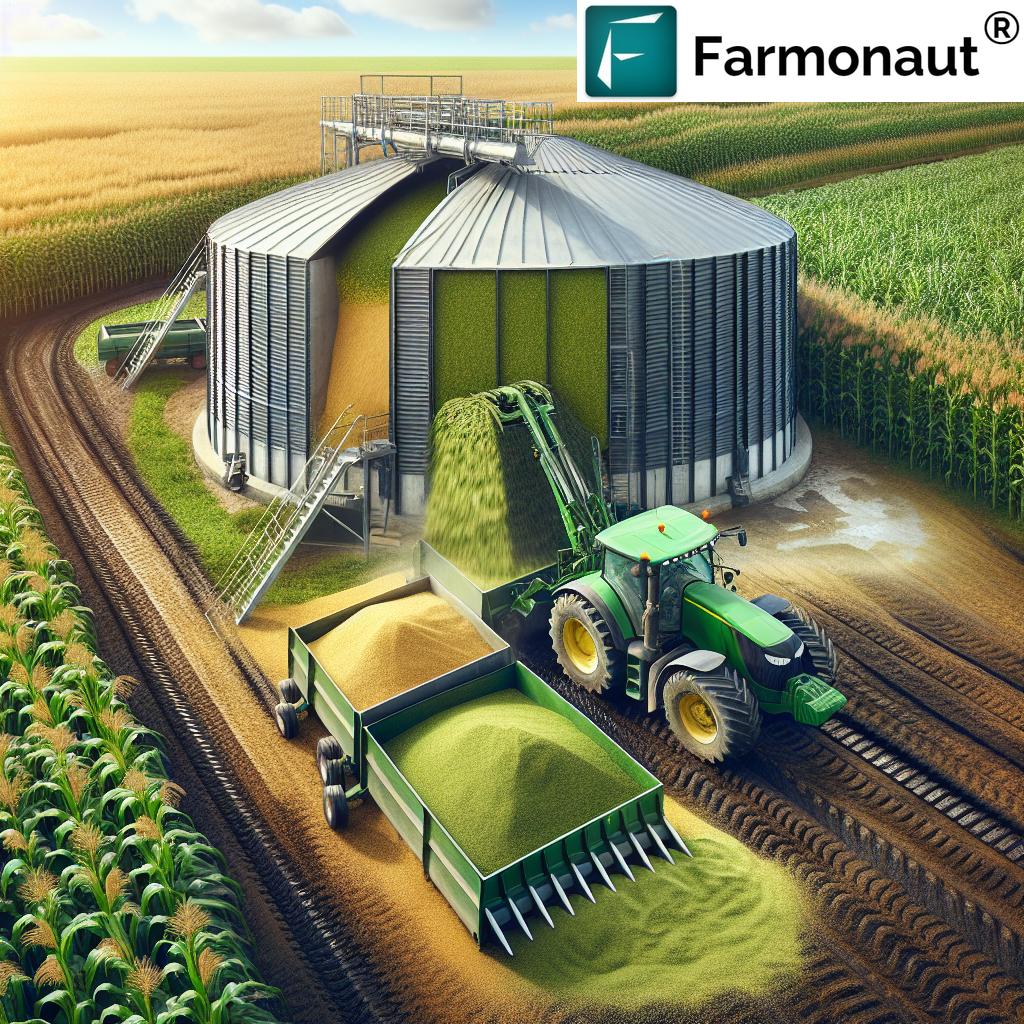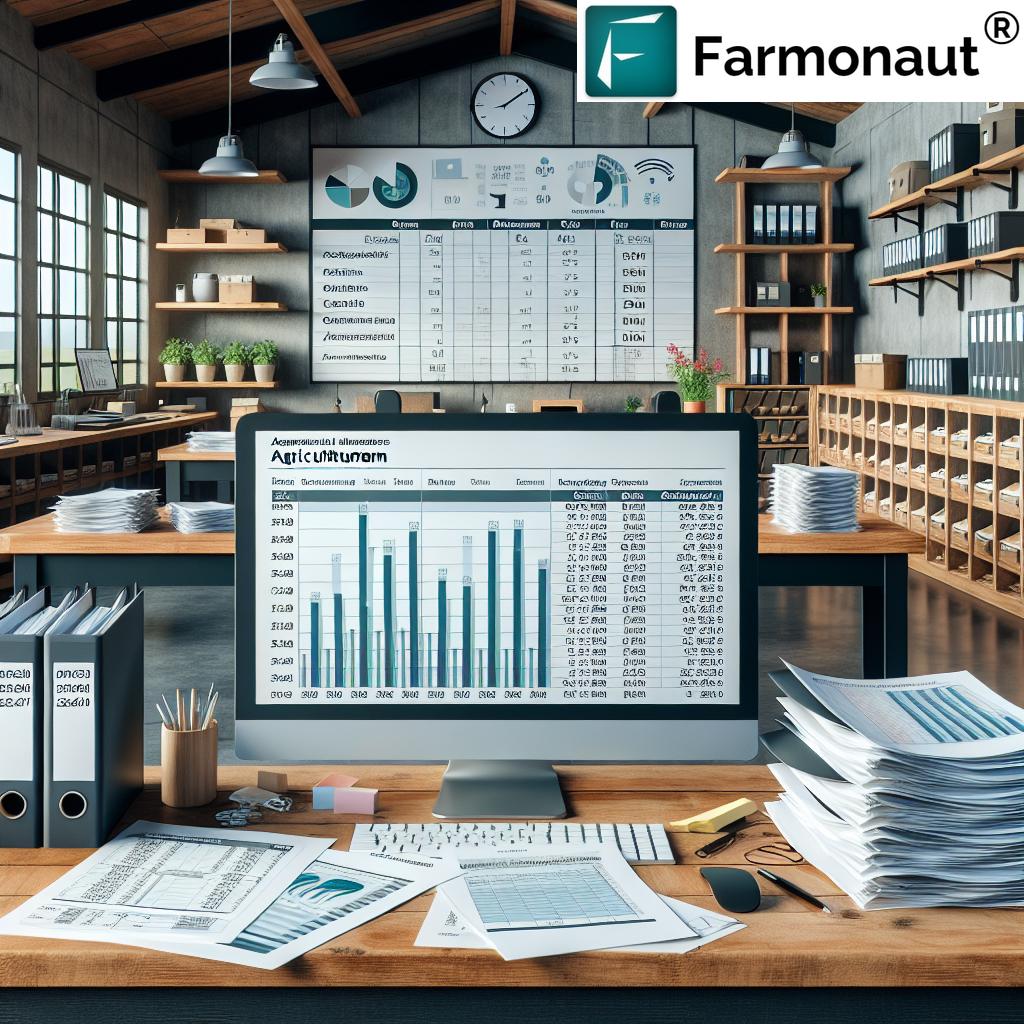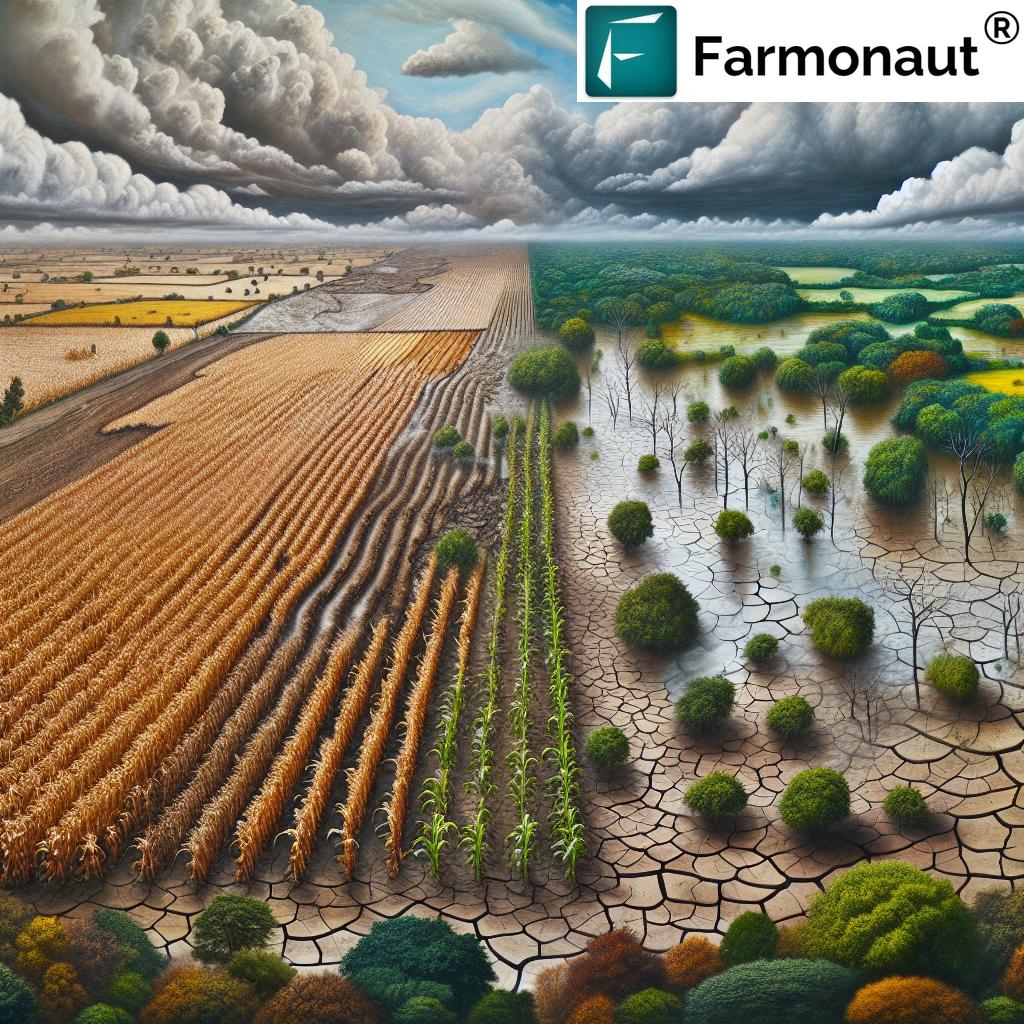Farming Process Step by Step: Modern Agriculture Guide [2025]
“Over 70% of farms in 2025 use AI-driven crop monitoring for precise nutrient management and irrigation scheduling.”
Step-by-Step Farming Process in 2025: A Comprehensive Guide
Farming remains the backbone of global food security, providing sustenance, raw materials, and employment for millions worldwide. In 2025, the farming process step by step integrates traditional wisdom with breakthrough technologies — maximizing productivity, sustainability, and climate resilience.
This article outlines the step by step farming process — from land preparation and seed selection to state-of-the-art crop monitoring and data-driven management. We explore tools, techniques, and innovations that empower farmers to optimize every agriculture step while ensuring profit, efficiency, and environmental stewardship.
Whether you’re an individual grower, large-scale farm manager, or simply interested in the future of agriculture, this comprehensive farming guide covers every essential process for success in 2025 and beyond.
Step-by-Step Modern Farming Process VS Traditional Methods
| Step | Traditional Method Description | Advanced Technology/Tool (2025) | Estimated Time Saved (%) | Estimated Yield Increase (%) |
|---|---|---|---|---|
| Land Preparation | Manual plowing, leveling with animal/labor power | Rotary tillers, laser-guided levelers, satellite soil sensors | 40–60% | 10–14% |
| Seed Selection & Treatment | Locally stored seeds, minimal treatment (ash, salt) | AI-assisted variety matching, genetic testing, microbial coatings | 20–35% | 20–25% |
| Sowing & Planting | Hand broadcasting, irregular spacing | GPS-enabled seed drills, digital sowing maps | 50–70% | 12–18% |
| Irrigation & Water Management | Flooding, fixed scheduling | Drip systems, IoT moisture sensors, automated control | 60–80% | 18–25% |
| Nutrient Management | Broadcast application, guesswork on fertilizer | Precision fertigation, drone nutrient mapping, soil analytics | 25–40% | 17–23% |
| Pest & Disease Control | Manual scouting, repeated pesticide spray | Drones, AI-powered detection, targeted biocontrol agents | 55–75% | 10–15% |
| Crop Monitoring | Field walks, sporadic observation | Satellite imaging, real-time remote & drone monitoring | 75–90% | Up to 28% |
| Harvesting | Hand/manual harvest, basic sorting | Automated harvesters, AI-based quality sorting | 50–70% | 11–16% |
| Post-Harvest Handling | Open-air drying, manual packaging | Controlled storage, smart packaging, blockchain for traceability | 40–60% | 12–20% |
1. Land Selection and Preparation: The Foundation of Successful Farming
The process of farming step by step always begins with land selection. This agriculture step is critical: the wrong plot means the whole season is compromised. In 2025, farmers use satellite imaging and on-ground soil sensors to evaluate:
- Soil Type and Health: Analyze nutrient content, structure, organic matter, and pH using multispectral data.
- Topography: Assess field slope, drainage potential, and water retention zones.
- Water Availability: Determine access for irrigation, and rainwater catchment possibilities.
- Climate Compatibility: Match crop requirements to climate, examining temperature, rainfall, stresses, and risk of drought or frost.
Modern satellite mapping integrates with AI to suggest the most suitable zones for each crop, improving field planning and reducing input wastage.
Land Preparation Techniques (2025)
- Mechanical Plowing, Harrowing, Leveling: Use of rotary tillers and laser-guided levelers to create a fine, optimal seedbed, balancing aeration and moisture.
- Soil Condition Management: Application of compost, lime, or conditioners based on soil data for better root growth and nutrient uptake.
- Cover Crops & Mulching: Prevent erosion, boost soil health, and suppress weeds.
Did you know? Satellite platforms like Farmonaut (see our Large-Scale Farm Management Suite) allow farmers and farm managers to remotely assess fields for soil vigor, moisture, drainage, and even detect compaction — ensuring land is ready for every farming procedure step by step.
2. Seed Selection and Treatment: Boosting Crop Growth and Resilience
The seed is the engine of agricultural productivity. Modern seed selection goes beyond tradition—2025’s technologies offer:
- High-Yield, Disease-Resistant Varieties: AI-driven data sifts through thousands of types to recommend improved seeds for specific soils and climates.
- Biotechnology Advancements: Genetically improved options for tolerance to drought, pests, or salinity.
- Seed Treatment: Pre-sowing coatings with fungicides, insecticides, and biofertilizers to enhance germination and early vigor.
- Microbial Inoculants: Beneficial microbes for nutrient uptake and soil health are a standard step in the farming process step by step in 2025.
This step by step farming process ensures the seeds are prepped for strong growth and sustainability — leading to better yield, quality, and resilience against stresses.
“Modern seed selection algorithms in 2025 boost crop yields by up to 25% compared to traditional methods.”
Key Benefits of Advanced Seed Selection and Treatment
- Reducing crop losses from pests and diseases.
- Faster germination and uniform plant spacing.
- Enhanced efficiency of soil resources and inputs.
- Ensuring compatibility of seed with soil and climate through digital advisory systems.
3. Sowing and Planting: Maximum Efficiency With Precision
Sowing is a pivotal action in the farming procedure step by step. In 2025, mechanical seed drills, automated transplanters, and GPS-enabled digital sowing maps support:
- Accurate Depth Control: Each seed is placed at an optimal depth, improving germination and plant vigor.
- Uniform Spacing: Adequate inter-plant and inter-row spacing, ensuring optimal plant density and resource access.
- Reduced Labor Costs: Mechanization and robotics reduce manpower needs.
- Minimized Seed Wastage: Precise placement means more efficient use of quality seeds.
For delicate crops or when transplanting (such as for rice, vegetables), AI-powered systems analyze soil moisture and field suitability in real time before placement. This enhances establishment and early growth.
Our robust platform at Farmonaut supports satellite-driven crop area estimation via API. This feature streamlines field mapping, zoning, and monitoring throughout the planting stage—critical both for insurance and government reporting.
For seamless developer integration, see the API developer docs here.
4. Irrigation and Water Management: Saving Every Drop
Water is the top limiting factor in agriculture globally. By 2025, irrigation systems are “smart,” digital, and data-driven:
- Drip Irrigation & Sprinklers: Direct, controlled application to plant roots for maximal uptake and minimal wastage.
- Automated Moisture Sensors: IoT in-field sensors monitor soil moisture, triggering irrigation only when needed.
- AI-Based Scheduling: Satellite and weather data combined for predictive watering—no more human guesswork.
- Cloud-Connected Controls: Mobile apps and consoles to remotely operate pumps, valves, and entire irrigation zones.
These innovations—increasingly affordable—are a cornerstone of the efficient farming process for 2025. The result: conservation of resources, improved crop health, and resilience to climate volatility.
Bonus Tip: Rainwater harvesting and solar-powered pumps are on the rise, especially in regions with erratic grid supply—enhancing sustainability, inclusivity, and climate adaptation.
5. Nutrient Management: Balanced Growth for Healthy Crops
The process of farming step by step relies on smart nutrient management for crop growth. In 2025:
- Soil Testing: On-site kits and satellite analytics reveal precise deficiencies in macro and micro-nutrients.
- Integrated Nutrient Management: Combine organic manures, chemical fertilizers, and biofertilizers based on real crop and soil data.
- Fertigation: Deliver nutrients directly through irrigation for improved efficiency and reduced runoff.
- Foliar Feeding: Nutrient sprays for rapid uptake during critical growth phases.
Precision application reduces waste and cost, boosts yield, and protects soil health. Analytics-driven management is now essential for both environment and profitability.
Benefits of Advanced Nutrient Management
- Reducing overuse of inputs and pollution.
- Unlocking better growth and harvest quality.
- Mitigating cost, maximizing profitability.
6. Pest and Disease Control: Sustainable Protection Strategies
The farming process step by step would be incomplete without robust pest management. Today’s arsenal is smarter, cleaner, and highly targeted:
- Integrated Pest Management (IPM): Combines biological control, resistant crop varieties, and eco-friendly chemical sprays.
- Drone-Based Surveillance: Real-time monitoring of pest hotspots and disease outbreaks.
- AI-Powered Diagnostics: Apps and sensors instantly flag pest or disease symptoms on leaves, guiding precise interventions.
- Targeted Application: Smart sprayers reduce chemical use by up to 60%, applying control only where and when needed.
This process enhances sustainability, savings, and crop safety—essential for global food systems.
Did you know? Satellite and AI-powered farm systems, such as Farmonaut’s Carbon Footprinting Solution, not only help monitor crop health but also allow farmers to track their environmental impact, promoting sustainable practices alongside effective crop protection.
7. Crop Monitoring and Management: Real-Time Insights, Better Decisions
Crop monitoring is now data-driven, continuous, and proactive—a quantum leap in the step by step farming process:
- Remote Sensing & Satellite Imaging: Monitor plant vigor (NDVI), moisture status, and stress areas in real time.
- Drones & UAVs: Deliver high-resolution imagery, spot issues invisible from ground level.
- Farm Management Systems: Apps (like Farmonaut’s multi-platform solutions) centralize data on inputs, health, and field activity, improving operations and traceability.
- AI Predictions: Predict yield, alerts for watering, nutrient needs, or stress—enabling proactive corrections.
With crop health monitoring available on web, Android, and iOS apps, farmers are transforming crop management from an art to a science!
8. Harvesting and Post-Harvest Handling: Preserving Quality & Value
The final process of farming step by step: harvesting at peak maturity and handling produce for maximal market value. In 2025, this involves:
- Accurate Timing: Sensors, weather, and crop analytics determine the golden harvest window to preserve quality and shelf life.
- Mechanical Harvesters: Reduce labor costs and speed up the collection process, crucial for large acreage.
- Automated Sorting & Grading: Vision systems sort produce by size, quality, and market requirements ensuring consistent value.
- Storage & Packaging Solutions: Climate-controlled storage, smart packaging, and transport to prevent spoilage — a major step in the chain.
For many crops, blockchain-based traceability is becoming an industry norm. With solutions like Farmonaut’s Traceability Solution, ensuring provenance, safety, and transparency from farm to market is easier, boosting consumer trust and global trade access.
9. Marketing and Sale: Connecting Directly, Maximizing Returns
Thanks to digital transformation, farmers now directly connect to buyers, retailers, and processors. Modern marketing and sales tools include:
- Digital Marketplaces: Sell crops without intermediaries, ensuring fair pricing and rapid payment.
- Blockchain Platforms: Guarantee authenticity, quality, and transactions securely.
- Instant Quality Verification: Digital tools validate crop quality for premium and export markets.
- Secure Storage & Logistics Management: IoT and data-driven fleet solutions to optimize post-harvest handling.
Modern solutions like Farmonaut’s Fleet Management Platform are pivotal in streamlining the harvest-to-market logistics, reducing losses, and boosting efficiencies throughout the agricultural supply chain.
Farmonaut Satellite-Driven Farm Management Solutions: The 2025 Standard
As digital agriculture accelerates, platforms like Farmonaut are empowering farmers, businesses, and governments with affordable, advanced satellite-based tools:
-
Satellite-Based Crop Monitoring: Real-time analytics for crop health (NDVI), soil moisture, and nutrient stress.
Facilitating precision farming and input optimization across every agriculture step. - AI-Driven Advisory (Jeevn AI): Personalized advice, weather forecasts, and actionable recommendations for all farming procedure step by step stages.
- Blockchain Traceability: Full transparency for the journey of crops—from planting to market. Explore more about product traceability here.
- Fleet and Resource Management: Optimize logistics and machinery use. Reduce lost time, labor costs, and ensure safe, compliant operations. See the Fleet Management solution.
- Environmental Impact (Carbon Footprinting): Monitor farm carbon emissions, water use, and promote sustainable decision-making. Explore Carbon Footprinting.
- Integrated Crop Loan & Insurance Support: Satellite-based verification for quick, fraud-resistant loans and crop insurance. More info at Farmonaut Crop Loan & Insurance.
Access all our latest tools and advisory on mobile and web apps instantly.
Conclusion: Modern Farming in 2025—Innovation for Global Food Security
To summarize, the farming process step by step in 2025 is radically clearer, more efficient, and data-enabled than ever before. Each agriculture step—from land preparation to marketing—is optimized via innovative technologies and robust management systems.
Key takeaways:
- Precision tools, AI, and automation reduce labor and input wastage, strengthening both farm profits and sustainability.
- Satellite and digital platforms (such as Farmonaut) offer affordable, real-time insights for all farm sizes.
- The process is now transparent, traceable, and environmentally sound—key for global food security and climate resilience.
- Future-ready farms integrate traditional practices with modern technologies, ensuring success for generations to come.
By implementing these farming procedure step by step methods and leveraging advanced platforms, farmers can not only meet rising food demands but also preserve resources for the future.
Frequently Asked Questions (FAQ): Farming Process Step by Step in 2025
Q1: What is the most important step in the farming process step by step?
All steps are crucial, but land preparation and seed selection set the foundation for a successful, efficient crop season. Modern tools ensure better accuracy, soil health, and sustainable yields.
Q2: How do satellite technologies enhance the farming procedure step by step?
Satellite data enables real-time monitoring of soil, crop health, moisture, and resource use, empowering farmers to act based on evidence across all agriculture steps. This lowers costs, improves sustainability, and enhances productivity.
Q3: What role does AI play in modern agriculture step processes?
AI analyzes farm data to provide personalized recommendations: optimal sowing windows, irrigation schedules, pest risk assessment, and nutrient balancing. It increases efficiency while reducing input wastage and errors.
Q4: Are digital farm management solutions affordable?
Yes. Platforms like Farmonaut deliver cost-effective, scalable solutions available on web and mobile. Subscription tiers let both small and large farms leverage advanced data-driven technologies for every farming process stage.
Q5: How can we ensure food quality and safety with modern systems?
Modern solutions integrate blockchain-based traceability, automated quality grading, and data-driven verification—ensuring transparency and safety from field to market. See more on traceability.
Q6: How does Farmonaut support environmental sustainability?
By providing easy carbon, water, and resource impact tracking, helping farmers reduce emissions and adopt environmentally responsible practices—all through streamlined, digital platforms. Discover more at our Carbon Footprinting Product Page.
Ready to future-proof your farm? Try Farmonaut’s web, Android, and iOS tools now for next-level satellite-based crop monitoring, efficient resource management, and digital traceability!





